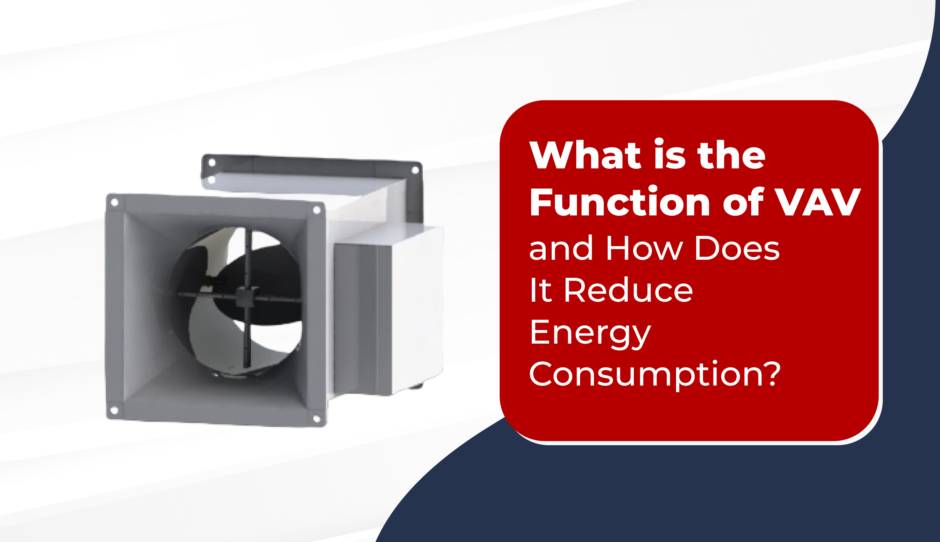What is the Function of VAV and How Does It Reduce Energy Consumption?
In modern HVAC systems, energy efficiency and occupant comfort are top priorities. One solution that addresses both effectively is the Variable Air Volume (VAV) system. Unlike conventional systems that supply constant airflow regardless of demand, a VAV system adjusts the volume of air delivered to each zone depending on its current temperature requirement. This smart approach allows for precise climate control and plays a significant role in energy savings across commercial buildings, hospitals, offices, and educational institutions.
Core Function of VAV Systems
A VAV system’s primary role is to regulate the amount of air that flows into different rooms or zones. Each zone is controlled by a thermostat, which signals the VAV box to increase or decrease airflow as needed. The system does not change the air temperature; instead, it controls the volume of air to match the space’s cooling or heating demand. This flexibility helps maintain steady indoor temperatures with less energy waste.
How VAV Systems Reduce Energy Consumption
1. Precise Air Delivery
VAV systems deliver the right amount of air only when and where it is needed. This targeted approach ensures no excess air is conditioned or moved unnecessarily, leading to lower operational costs.
2. Lower Fan Speeds
As air volume demand decreases in some zones, the central fan can run at reduced speeds, directly cutting down on electricity usage. Less fan operation equals significant long-term energy savings.
3. Decreased Load on Cooling Systems
With reduced airflow requirements, the load on chillers and compressors also decreases. This not only saves power but also extends the life of expensive HVAC equipment.
4. Zonal Efficiency
VAV systems allow building managers to control temperature in specific zones independently, making it possible to scale back energy usage in unoccupied areas without affecting the comfort of other rooms.
Practical Use in Buildings
VAV systems are especially effective in large buildings with fluctuating occupancy levels. Offices, hospitals, malls, and institutions can greatly benefit from the zoning capability, which ensures optimal air delivery while keeping utility costs low.
Conclusion
Variable Air Volume systems are a game-changer in HVAC efficiency. By adjusting airflow based on real-time needs, they significantly reduce energy usage without compromising comfort. These systems not only support green building initiatives but also help businesses reduce operational expenses. If you’re planning to install or upgrade your HVAC system, investing in VAV technology is a step toward smarter, more sustainable climate control.





